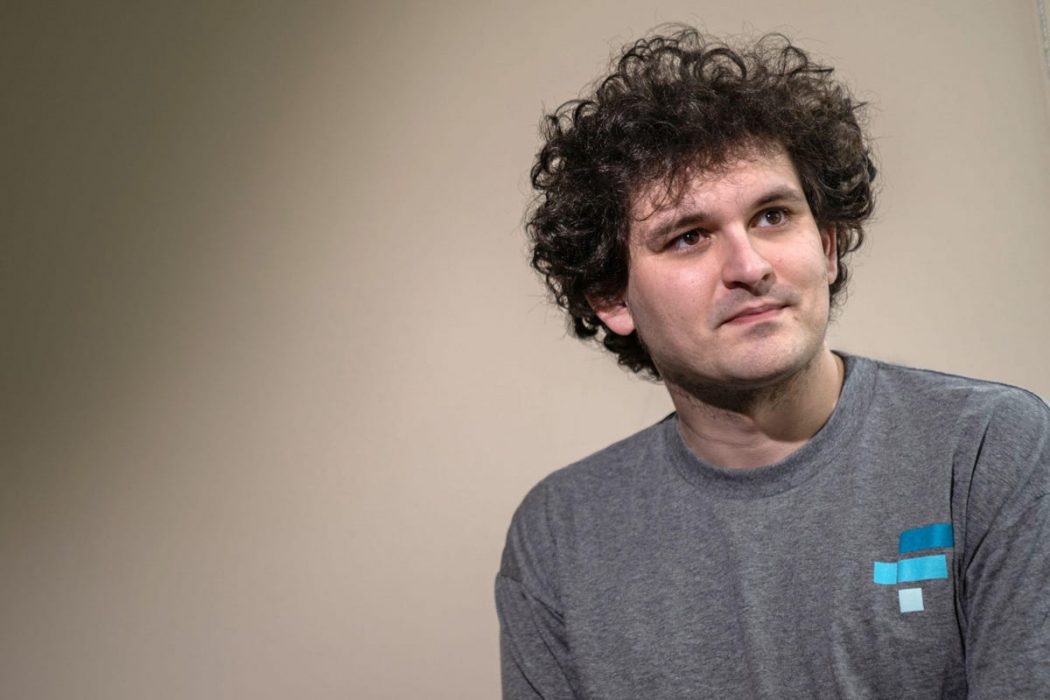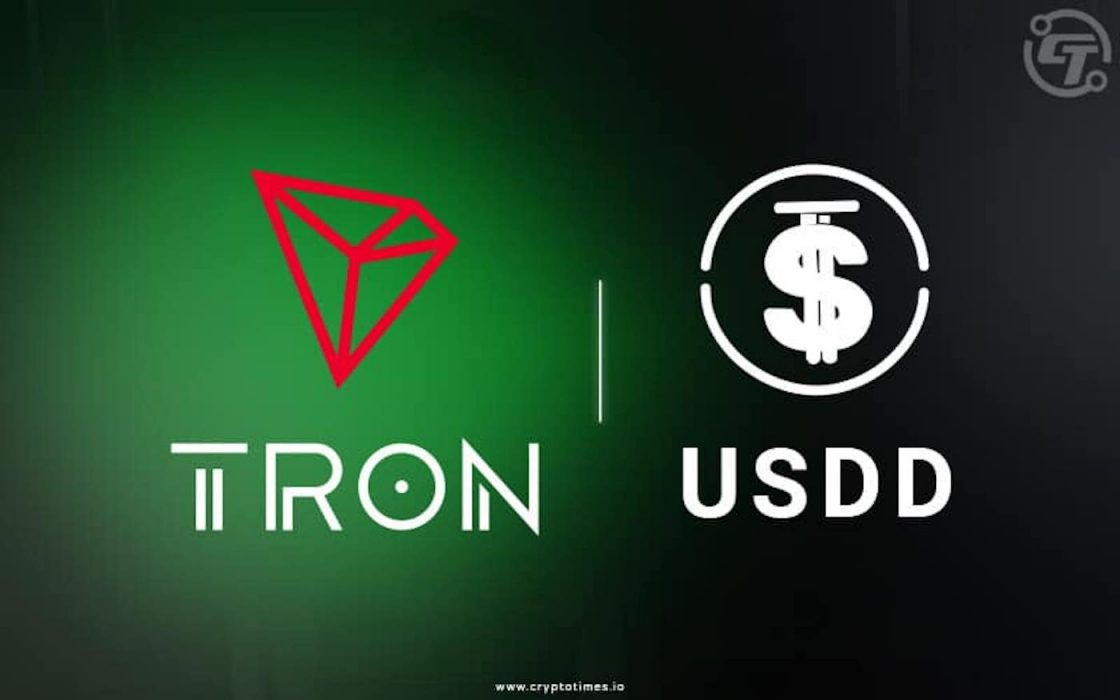Sam Bankman-Fried, CEO of FTX, took to Twitter on Thursday 10 November to offer an apology to his customers following FTX’s breathtakingly fast collapse this week. SBF didn’t mince words in his apology, saying “I’m sorry. That’s the biggest thing. I fucked up, and should have done better.”
The apology comes as SBF scrambles to raise funds to “do right by users” and ensure they don’t lose assets they had stored on FTX. According to SBF, FTX is currently in talks with numerous parties to access liquidity, which he claims will go “straight to users”.
SBF Updates Community On FTX Situation
In his Twitter thread, SBF also outlined how exactly it all came to this — essentially he says he made two crucial mistakes that led to FTX’s collapse.
Firstly, due to poor internal processes, he drastically underestimated users’ margin, and secondly, he massively overestimated FTX’s USD liquidity. These two mistakes, in the context of an enormous bank run, meant the exchange simply did not have access to the liquidity required to cover all the customer withdrawals.
6) My sense before:
— SBF (@SBF_FTX) November 10, 2022
Leverage: 0x
USD liquidity ready to deliver: 24x average daily withdrawals
Actual:
Leverage: 1.7x
Liquidity: 0.8x Sunday’s withdrawals
Because, of course, when it rains, it pours. We saw roughly $5b of withdrawals on Sunday–the largest by a huge margin.
SBF says FTX has now entered into LOIs (letters of intent) with numerous parties and is hopeful of getting access to enough liquidity to cover all customer withdrawals.
Going forward, SBF says his trading firm Alameda Research will be “winding down”, while also denying the firm is doing any of the “weird things” that have been speculated on Twitter and in the media.
Here Comes the Sun, Justin Sun
In a somewhat surprising turn of events, the founder of the Tron (TRX) blockchain Justin Sun (who himself is far from scandal-free) has swooped in to help by promising holders of Tron-related tokens stuck on FTX — including TRX, SUN, JST, BTT and HT — that they’ll be able to redeem them 1:1 even if withdrawals from FTX itself fail.
The result of this ‘Tron Ark’ as Sun calls it, is that many FTX users have flocked to Tron tokens in hopes of salvaging something from the exchange’s collapse. In turn, this has seen the value of these tokens on FTX soar to many times their value on other exchanges. For example, Tron’s native token TRX spiked to as high as US$2.50 on FTX, while it remained at around US$0.5 on other exchanges.
Investigations Into FTX Collapse Underway
According to a report published in the Wall Street Journal on Thursday, for months the SEC has been quietly investigating FTX.us, the US-only part of FTX’s business, but this investigation has now been expanded to look at the collapse of FTX’s international operations.
The US Department of Justice has apparently also opened an investigation into FTX — this will be a troubling development for SBF as the DOJ prosecutes criminal cases such as fraud, whereas the SEC is responsible for civil cases in which investor protection laws have been violated.




